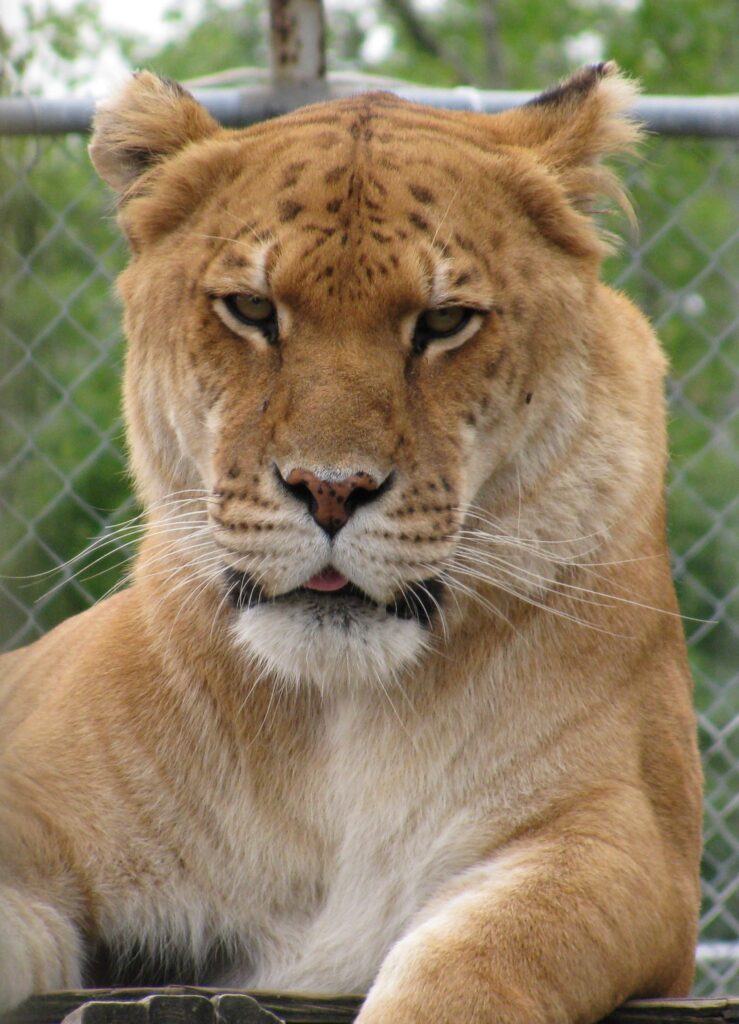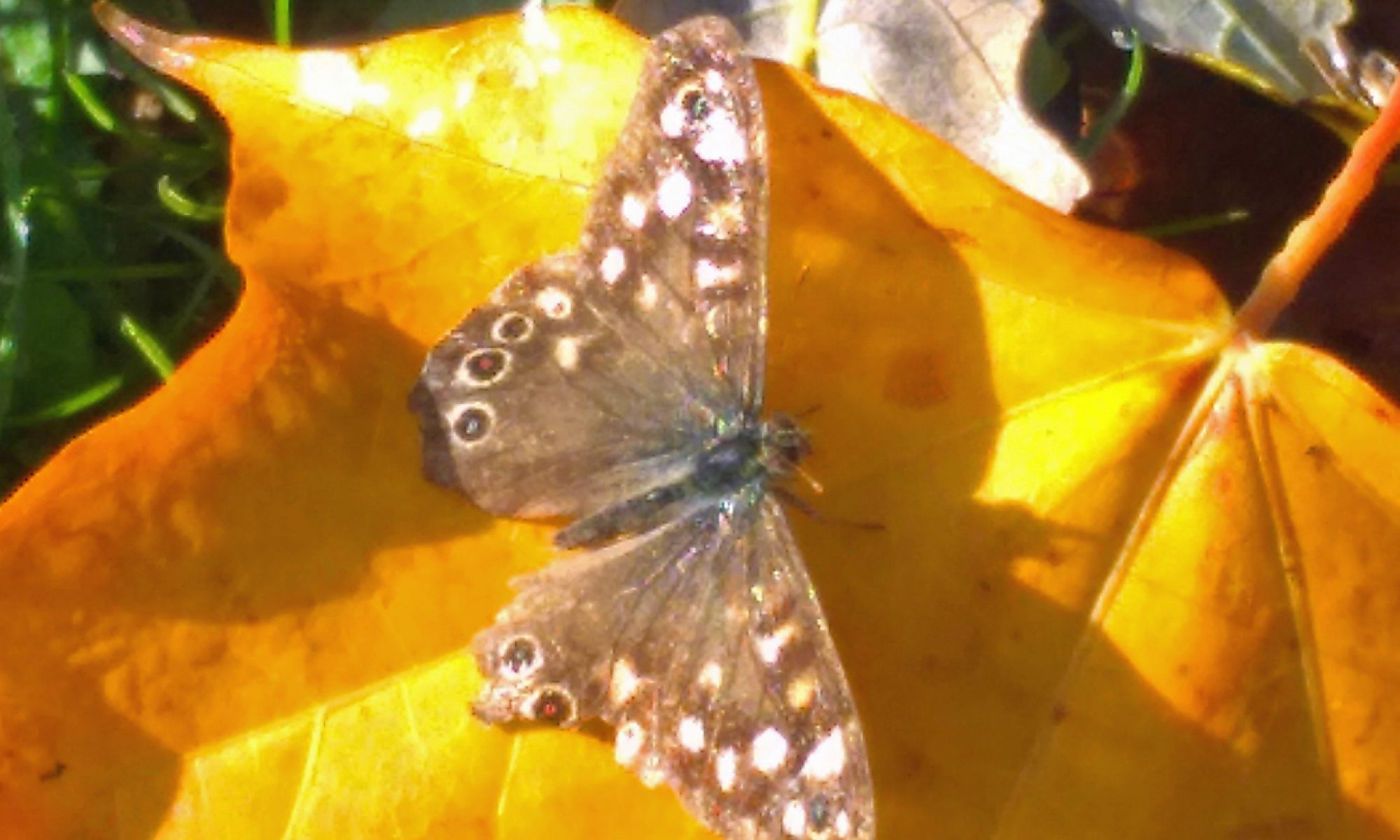Yellow flowers
| Links to the story | Key Stage 2 and 3 programmes of study | Possible learning outcomes | Big ideas |
| Yellow flowers |
recognise that living things can be grouped in a variety of ways |
realise that closely related species can sometimes breed together to form hybrids |
adventures in time and in space
life depends on life
what is life? |
For thousands of years, people have been sorting organisms into groups based on characteristics that they share in common. Early humans, and possibly Neanderthal humans, too, recognised living organisms as useful, tasty food or harmful.
The classification of organisms into stable, recognisable groups took a great leap forward with Linnaeus in the 1700s. He gave each species two names, a unique species name and a genus name, that it shares with only closely related species.
Humans have the name Homo sapiens: sapiens is the unique name of our species. Homo is the name of our genus. We are the only living member of the genus Homo. We share the name with a number of extinct species, such as Homo neanderthalis, Homo erectus. There is a debate was to whether Desinovan man is a separate species. If scientists agree to this it may in the future be called Homo denisova.
The name of primrose is Primula vulgaris and that of cowslip is Primula veris, They share the genus namer Primula. This means that they are closely related and can interbreed. Their offspring is called the false oxlip (Primula × polyantha).
Sometimes, closely related species of animal can interbreed.



